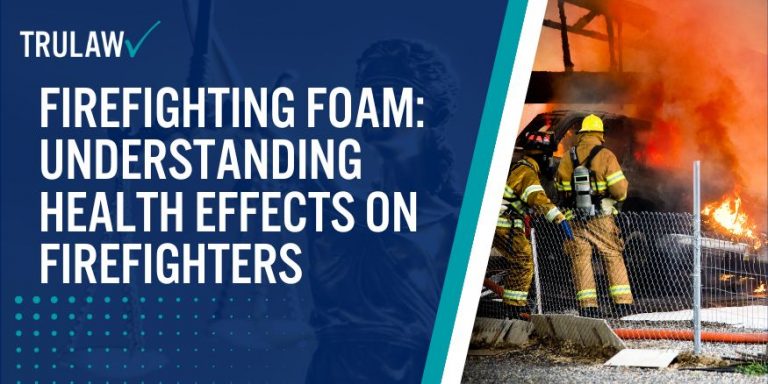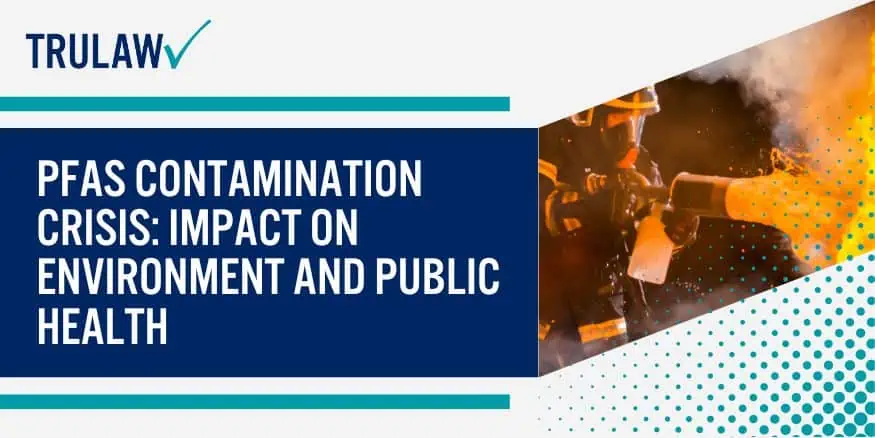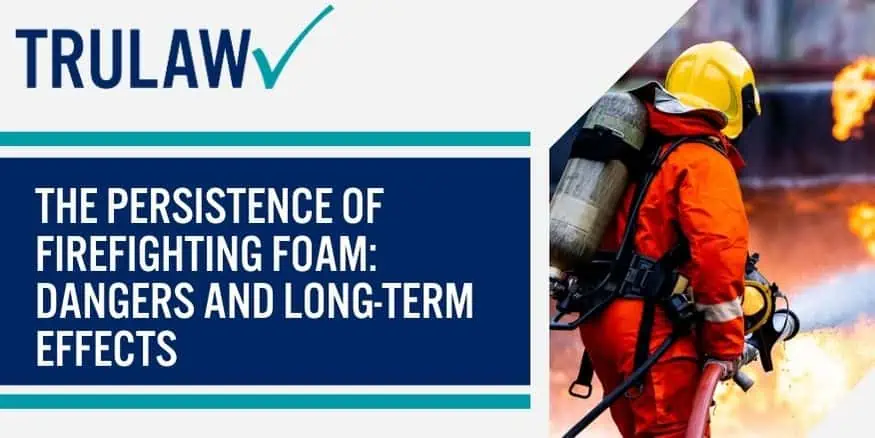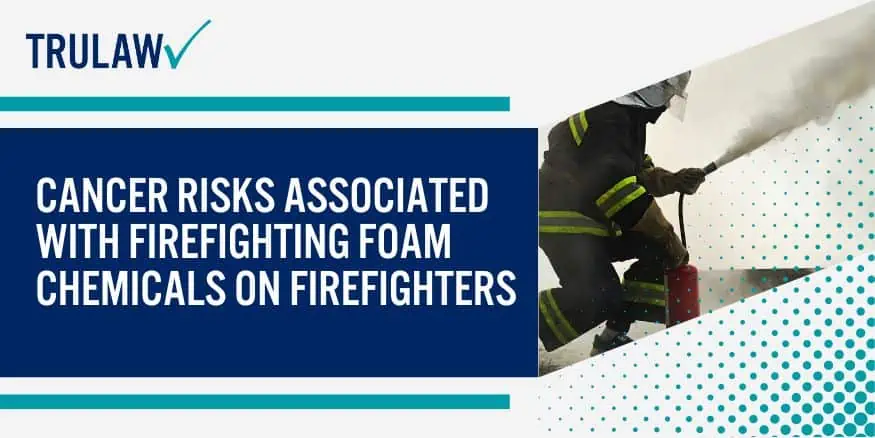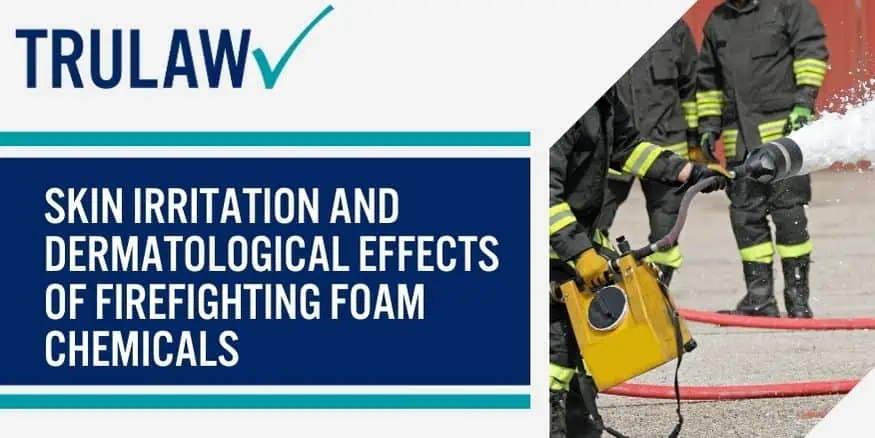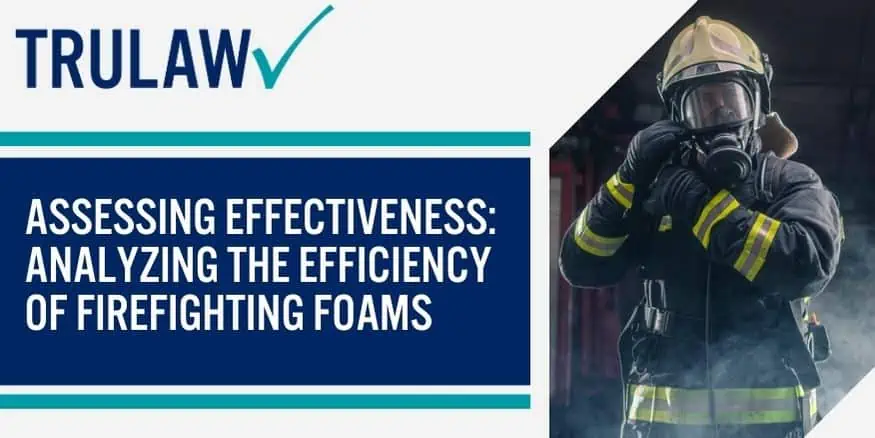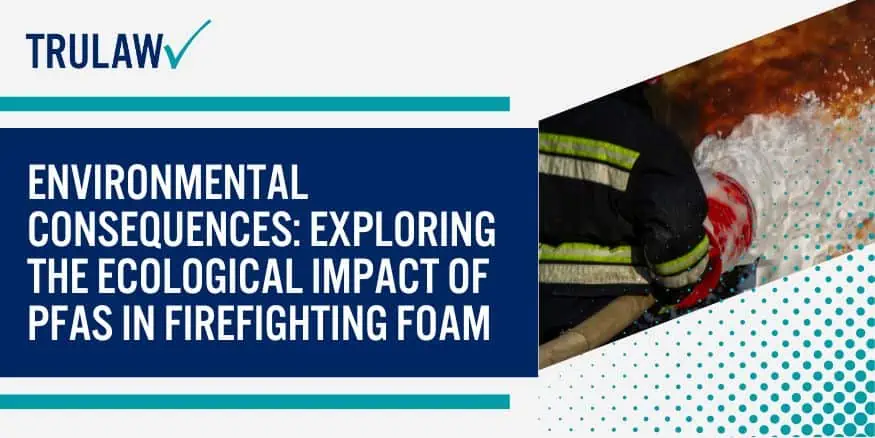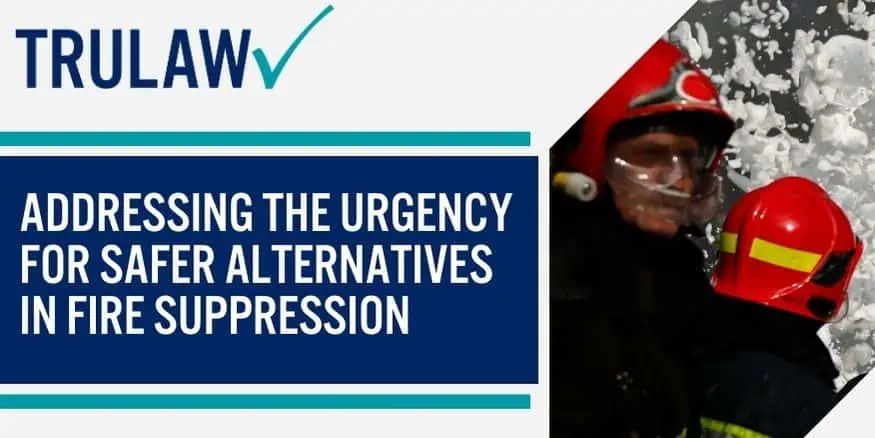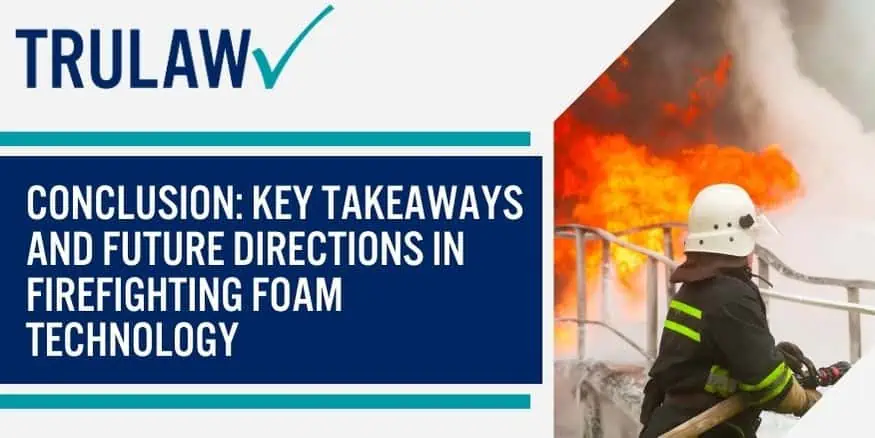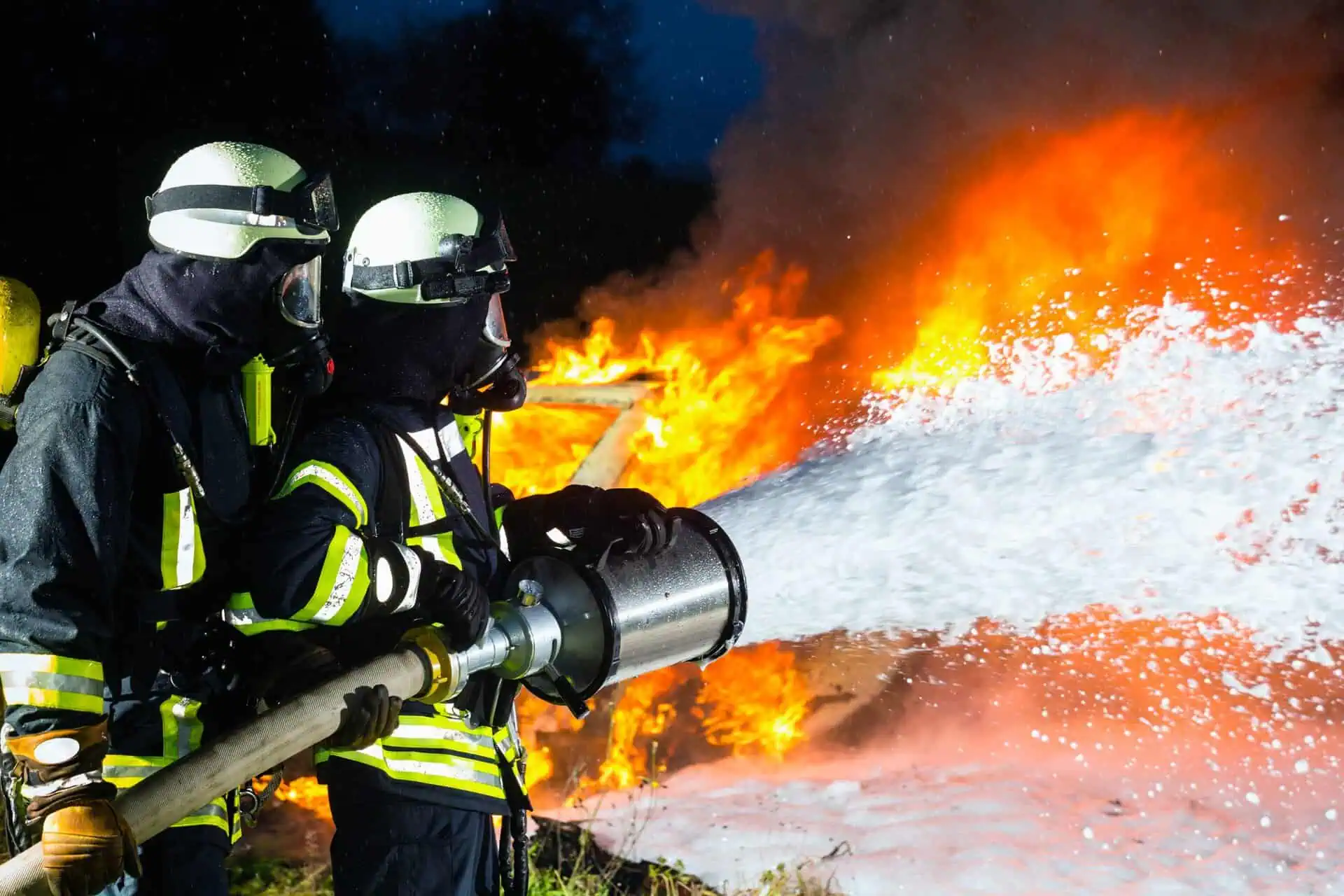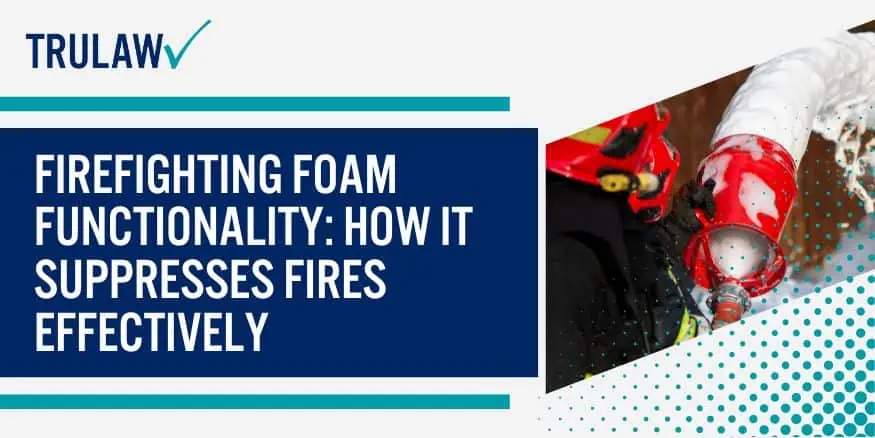
Firefighting foam, is a vital tool in combating fires.
These specialized foam concentrate, made from liquid fuel and surfactants.
Designed to suppress flames by effectively extinguishing fires and preventing re-ignition than using foam blanket.
Let’s delve into the key aspects of how firefighting foam, such as AFFF foam concentrate, works and why it is an essential component in fire suppression and protection.
How Firefighting Foam Cuts Off the Oxygen Supply
Firefighting foam is used to cover the fire and stop it from getting oxygen.
This makes the fire weaker and easier for firefighters to handle.
The foam also has special stuff in it that gives extra protection.
Preventing Re-ignition through Cooling
New firefighting foams put out fires and cool them down as flammable liquid fires.
They have water that absorbs heat from the fire.
This stops the fire from starting again.
The foams are important for Air Force defense and are free.
Creating Barriers against Flammable Vapors
Firefighting foams are essential defense products against liquid fuel fires, so-called fluorine-free foams.
These compounds create a physical barrier on top of fuel surfaces, isolating and containing flammable molecules.
By doing so, they effectively prevent the spread of volatile vapors and minimize the risk of ignition from nearby sources with the high-expansion foam.
Tailored Solutions for Specific Fire Scenarios
Different types of firefighting foams are made to put out different types of fires, like ones with wood or gasoline.
The Air Force uses special foams that work best for each situation, such as extinguishing flammable liquid fires.
Companies that make firefighting foam are always making it better and safer.
They use new ingredients and avoid harmful chemicals like PFOA.
